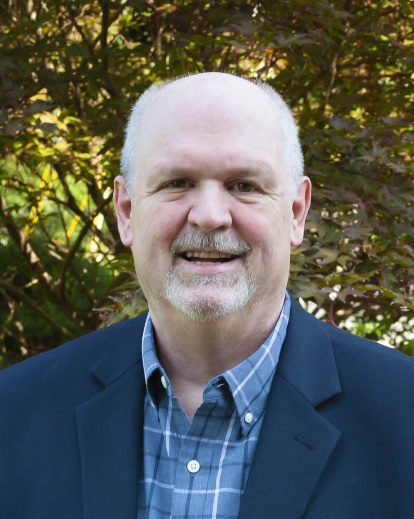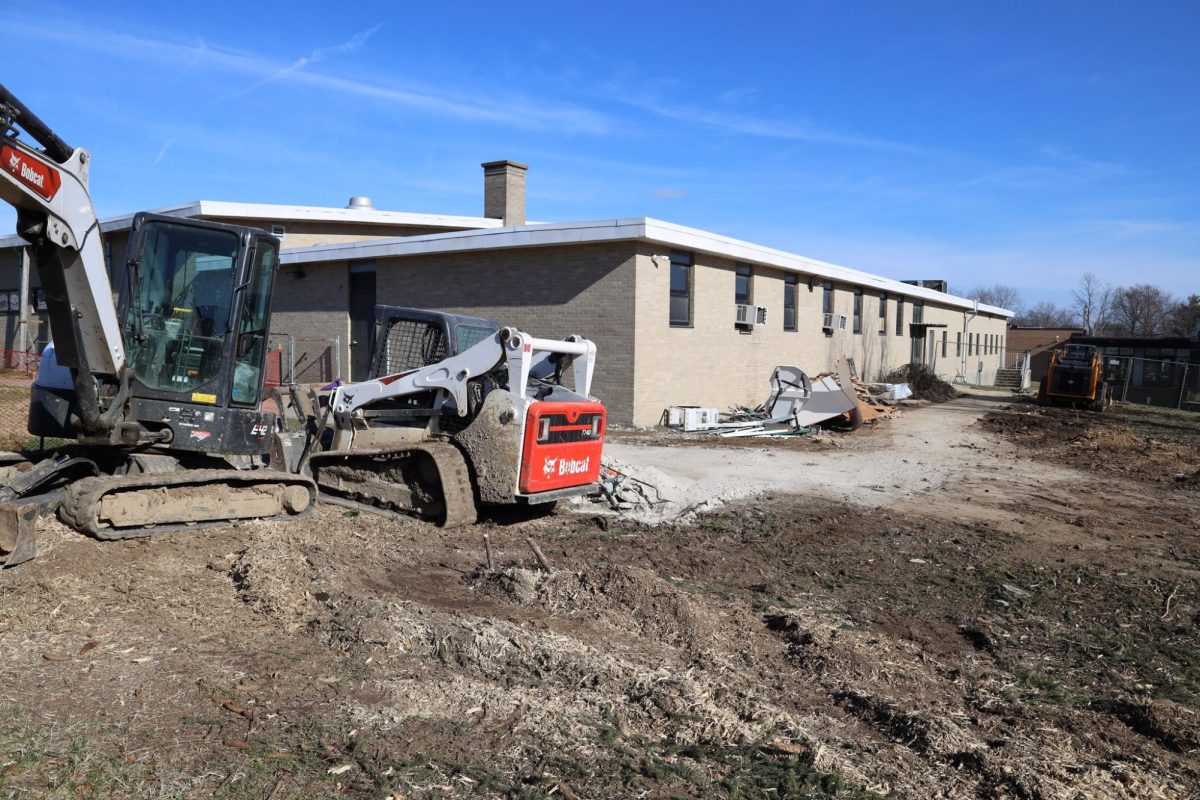Lindbergh Schools prides itself on moving toward green solutions, and this year, leadership tried a new route: trash liners. The R-Spec liners, introduced across the district at the beginning of the 2024-25 school year, have reduced Lindbergh’s amount of plastic sent to the landfill by almost 44%. Gateway Liners, the manufacturer, estimates about 8,694 pounds of plastic will be saved annually by the district.
These liners are stronger and lighter than the previous type, with minimal excess plastic. They also tie in a knot at the bottom of the bag, instead of the typical straight seal across the bottom. Andrew Bryden from Buckeye Cleaning Center — which the district uses to supply cleaning supplies, liners, soaps and sanitizers — says this limits leakage.
The R-Spec liners are manufactured right here in St. Louis, at a facility in Hazelwood. The liners are cheaper than the previous liners, too, with a 5.8% cost saving of $1,736. Bryden says these liners are also used at the Mercedes-Benz Stadium in Atlanta, which he calls “the greenest stadium in the world.”
The liners were first tested at Truman Middle School, according to the district’s custodial coordinator, Ray Weinhold. They also went through tests with the custodial staff, and Weinhold says the custodians loved the R-Spec liners. After that, the change was made across the district at the beginning of the school year.
Both Bryden and Steven McGuire of Buckeye highlight the importance of source reduction when it comes to sustainability. Not only are these liners using less plastic, but Lindbergh uses less of them. With the switch, the school district saves around 150 trash bags per year.
“Everyone wants to talk about compostable, biodegradable,” McGuire said. “Actually, the number one thing on the pyramid is source-reductable. If we can send less (to the landfill) in the first place, that’s the best way.”
This is only one of Lindbergh Schools’ routes toward sustainability. The district utilizes an energy management system that learns the temperature curve in order to consume less gas and electricity. In the summer, specifically, the district uses systems to make HVAC run only in certain sections of the building, where people will be cleaning or working. It’s not just greener: it’s also cost-effective.
“To me, this is another example of practices we’re putting into place that kids can actually learn from,” Beth Johnston, the district’s chief communications officer, said.




















